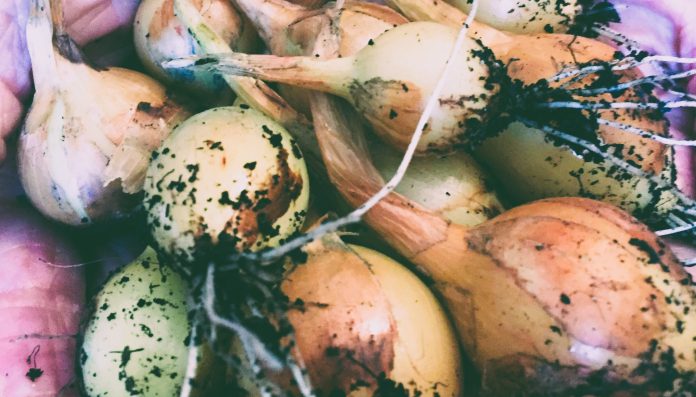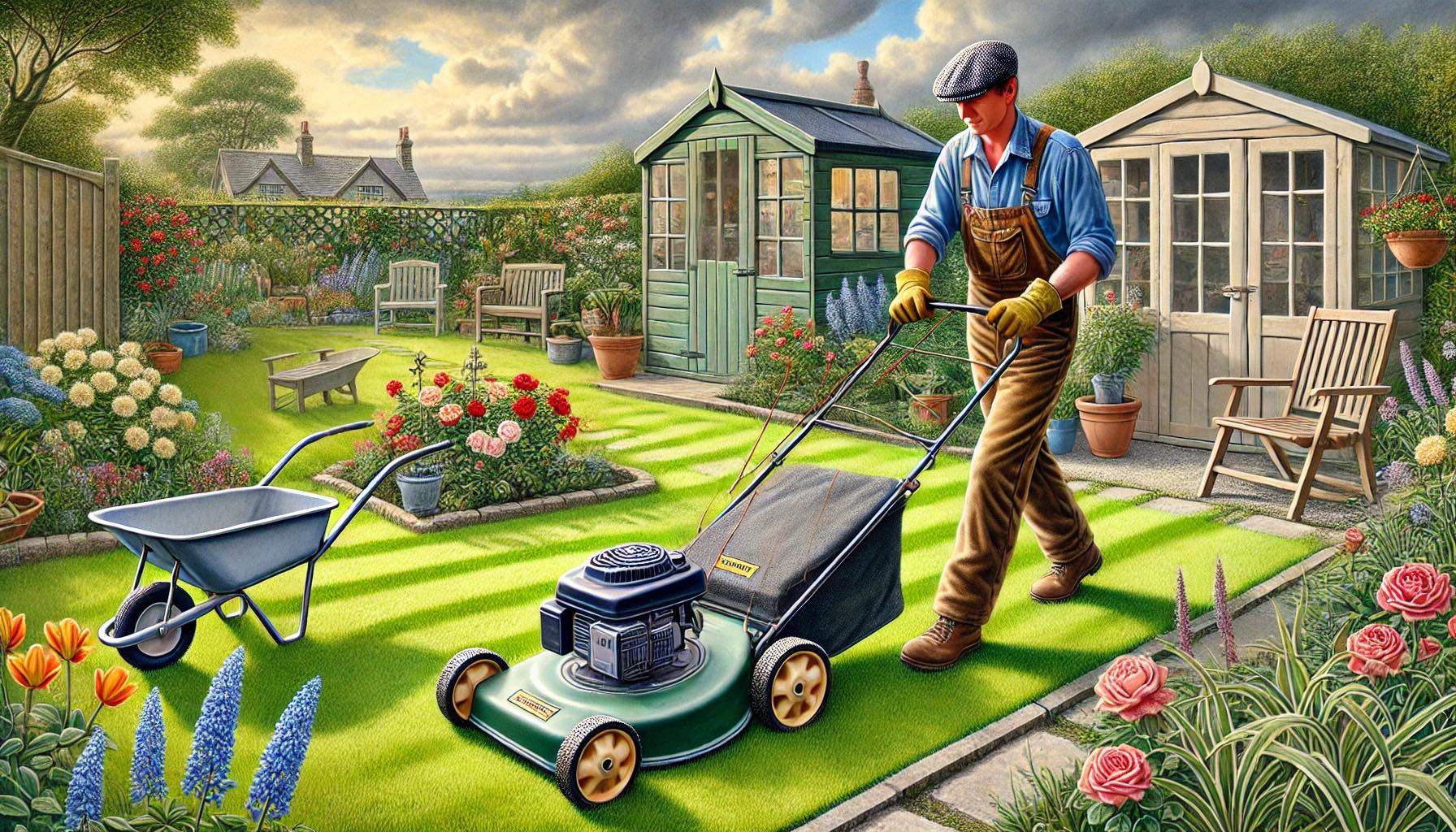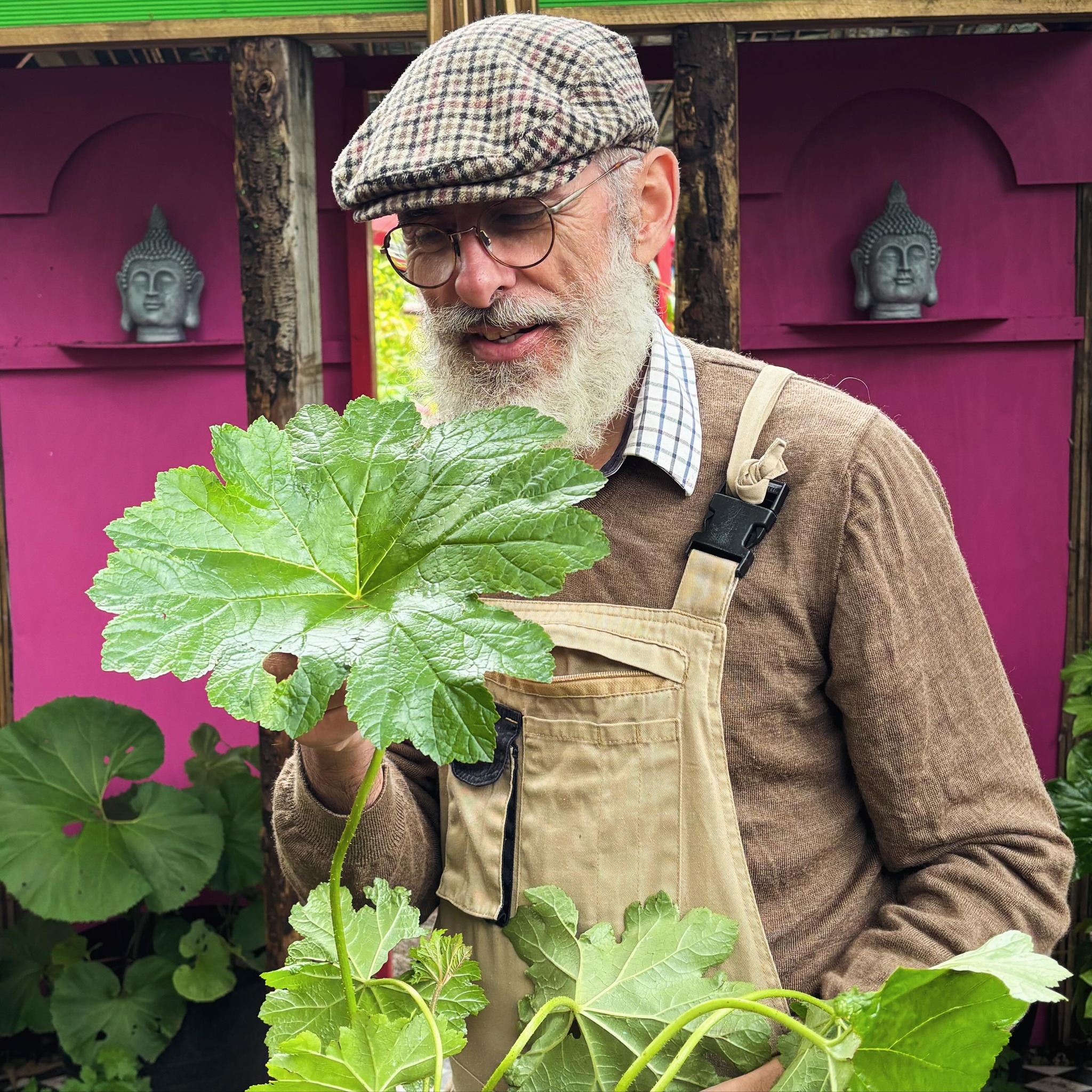While December isn’t the traditional growing season for onions, it’s still possible to start your onion-growing journey during the winter months. Whether you’re aiming to plant overwintering varieties or get an early start indoors, here are some tips to grow onions successfully in December.
1. Plant Overwintering Onion Sets
Overwintering onions, often called Japanese onions, are specially bred to be planted in late autumn and early winter for harvesting in late spring or early summer.
Steps to Plant Overwintering Onions:
- Choose the Right Variety: Popular overwintering varieties include ‘Senshyu Yellow’, ‘Radar’, and ‘Electric’ (for red onions).
- Prepare the Soil:
- Select a well-drained site with full sun.
- Remove weeds and enrich the soil with well-rotted compost or manure. Avoid fresh manure, which can encourage disease.
- Planting:
- Push sets (small onion bulbs) into the soil so their tips are just visible. Space them 10 cm (4 inches) apart in rows 30 cm (12 inches) apart.
- Protect Against Frost:
- Apply a layer of horticultural fleece during extreme cold snaps or cover the soil with mulch to insulate the bulbs.
Benefits:
- Overwintering onions are hardy and can withstand cold UK winters.
- They make efficient use of garden space during a quieter time of year.
2. Start Onion Seeds Indoors
For an early start, you can sow onion seeds indoors in December and transplant them outdoors in spring.
Steps to Grow Onions Indoors:
- Choose Suitable Varieties: Look for long-day varieties like ‘Bedfordshire Champion’, ‘Ailsa Craig’, or ‘Kelsae’ for UK conditions.
- Sow Seeds in Trays:
- Fill seed trays with seed compost and sow seeds thinly. Cover lightly with compost and water gently.
- Place the trays in a bright location with a temperature of 15–20°C (59–68°F), such as a windowsill or heated greenhouse.
- Thin Out Seedlings:
- Once seedlings are 5 cm (2 inches) tall, thin them out to avoid overcrowding.
- Keep Soil Moist: Water lightly but consistently to maintain damp (not waterlogged) soil.
- Provide Light: Use a grow light if natural light is insufficient during short winter days.
Benefits:
- Indoor sowing gives onions a head start, leading to larger bulbs at harvest.
3. Use Containers or Raised Beds
If your soil is too wet or heavy (common in December), growing onions in containers or raised beds is an excellent alternative.
Steps for Containers:
- Choose a Deep Container: A depth of at least 20 cm (8 inches) is ideal.
- Use Well-Drained Compost: Mix multi-purpose compost with grit or sand for better drainage.
- Plant Onion Sets: Space them the same as you would in the ground.
- Position in Full Sun: Place containers in a sunny, sheltered spot.
4. Winter Maintenance Tips
- Protect from Birds: Birds can pull up onion sets. Cover rows with netting or cloches to deter them.
- Watch for Pests: Keep an eye out for slugs and snails, which may target emerging shoots. Use slug pellets sparingly or organic barriers like crushed eggshells.
- Check for Frost Heave: In freeze-thaw cycles, soil can push sets out of the ground. Press them back gently if this occurs.
5. Alternatives for December Planting
If growing onions from sets or seeds isn’t an option in your garden, consider alternative onion-related crops:
- Spring Onions: Sow seeds indoors or under cover for an early harvest of tender green onions.
- Garlic: December is an excellent time to plant garlic cloves, as they benefit from a cold spell to develop strong bulbs.
Final Thoughts
Growing onions in December takes a bit of planning and care, but with the right techniques, you can ensure a successful harvest come spring and summer. Whether you’re planting overwintering sets, starting seeds indoors, or using containers to bypass soggy soil, onions can thrive even in the depths of winter.




